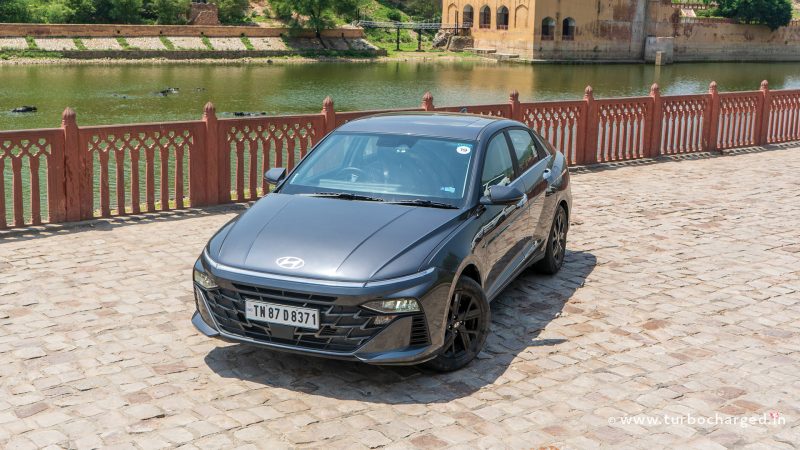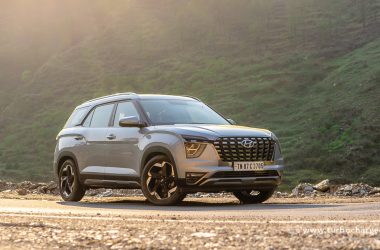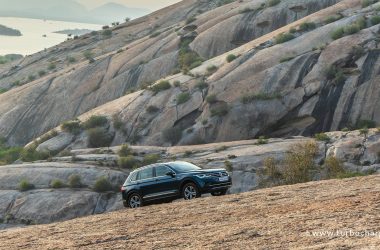Sedans have been the enthusiasts’ favourite body style for the longest time. Lowering yourself into a sedan and getting behind its wheel always feels special and has a sense of sportiness to it too. And that’s besides the fact that their long, low slung stance makes sedans very comfortable as passenger cars too, and to many, a sedan is the purest form of the automobile. In fact, chances are, that as kids, the first time most of us put pencil to paper to draw a car, the result was the three-box sedan!
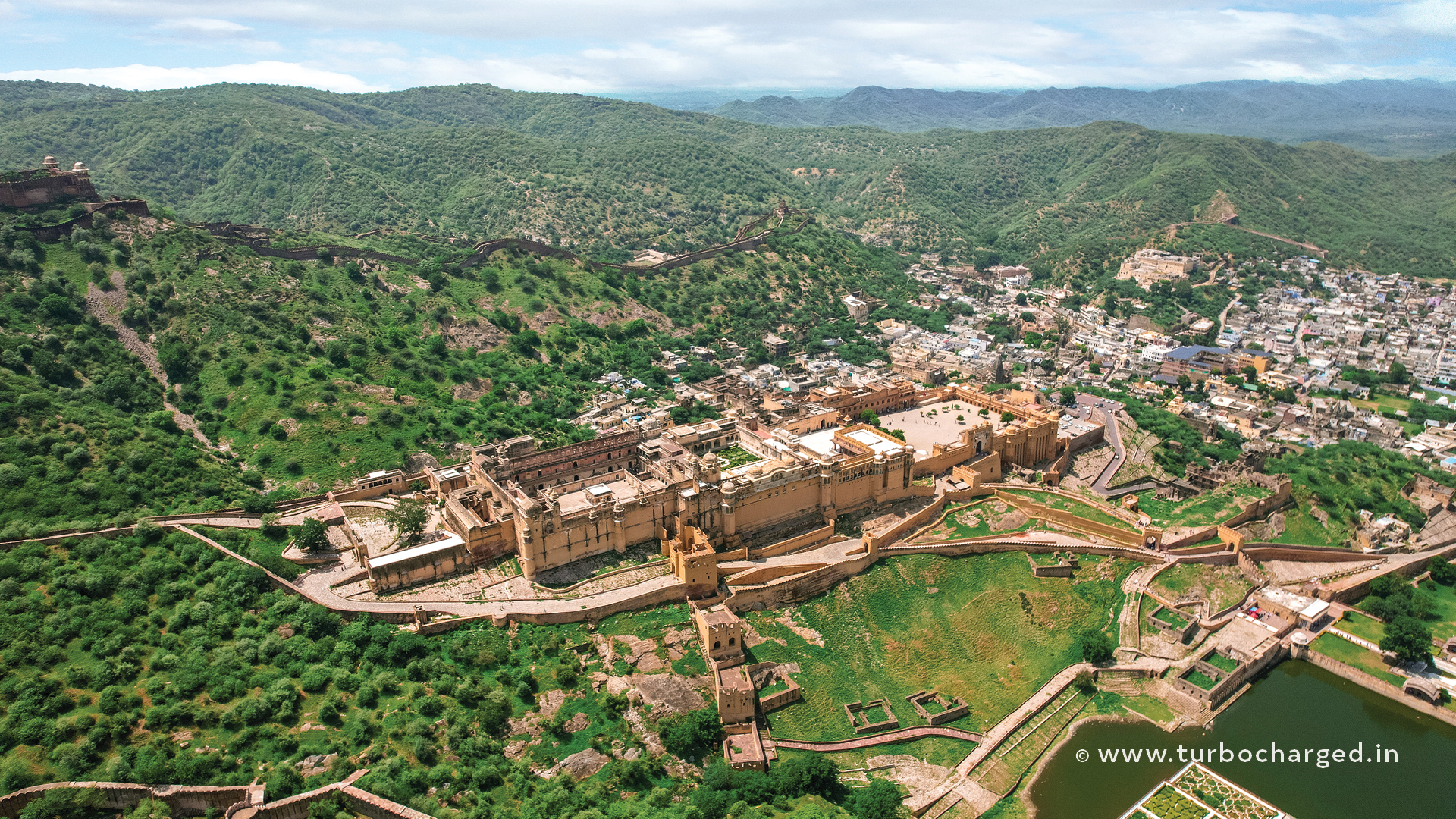
The Hyundai Verna has been hugely popular for over a decade now and has only gotten better with each passing generation, setting benchmarks every time. The latest generation Verna does more than just that, as Hyundai has turned the popular nameplate into one of the most technologically advanced cars in its segment. Hyundai has also plonked its new 1.5-litre turbocharged petrol T-GDi engine under the Verna’s hood, which puts out 160PS of power, thus making it the most powerful car in its segment!

With its design and advanced technology including Level 2 ADAS, the new Verna is a class act and revives sedans as a bodystyle in a manner many wouldn’t have thought. And with 160 horses under its hood, the new Verna is an enthusiast’s delight too. At the same time, claimed fuel efficiency for the 1.5 T-GDi engine-powered Verna is a highly impressive 20.6kmpl! It’s virtues like these that made the car my choice of wheels to experience the country’s newest and most advanced Expressway, the NE4, connecting Delhi to Mumbai.
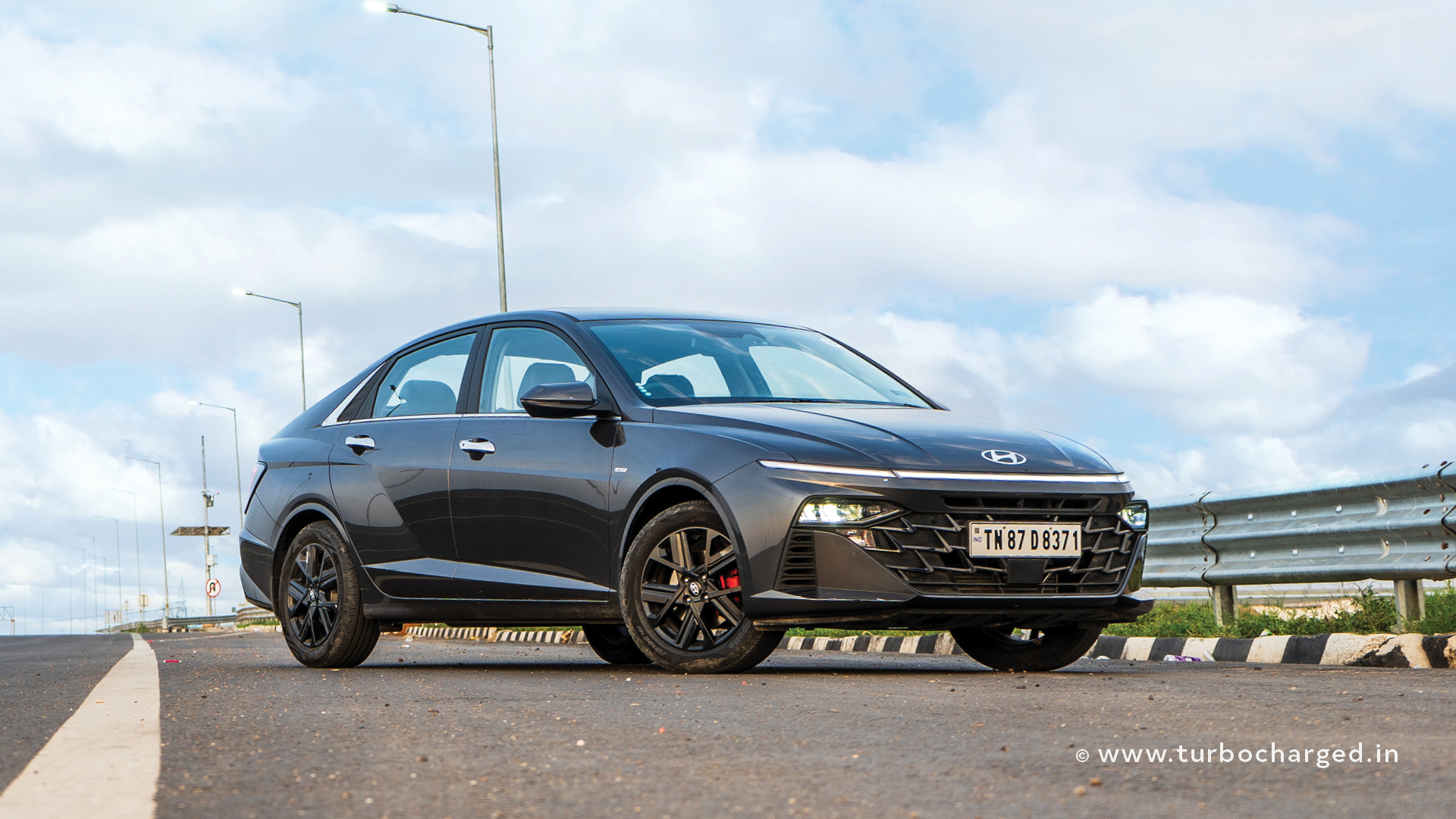
The NE4 is yet to be completed fully, but when ready, it will be India’s longest Expressway, given its length of 1,300km. It is an engineering marvel in itself with a speed limit of 120kmph, fully automated toll booths, advanced monitoring systems and a provision to go up from the current eight lanes to 12! It is expected to halve the driving time from Delhi to Mumbai from around 24 hours currently to just 12, making it an important project for the country as it will reduce transportation time and effectively contribute to the country’s economy too.
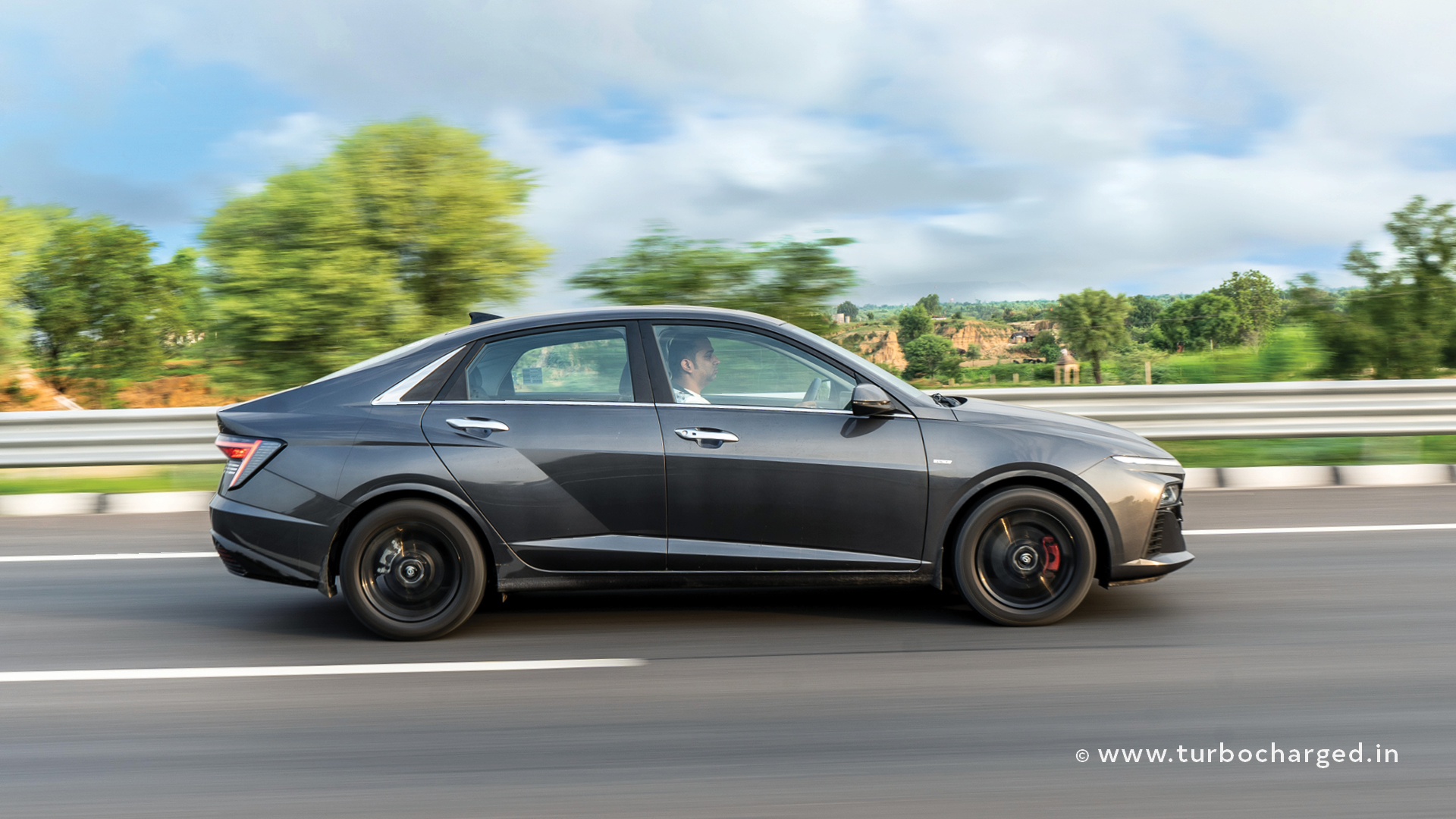
Interestingly, the Delhi-Mumbai Expressway also helps in cutting down the travel time from Delhi to Jaipur significantly. Perfect weekend plan for me to experience the new Expressway in the new Verna! Also, while driving on weekdays is part of my job as an automotive journalist, driving on weekends is a form of therapy. I like hitting the road on weekends because I enjoy driving. And what better way to indulge in the therapy than to drive a sedan like the new Hyundai Verna on the Expressway!
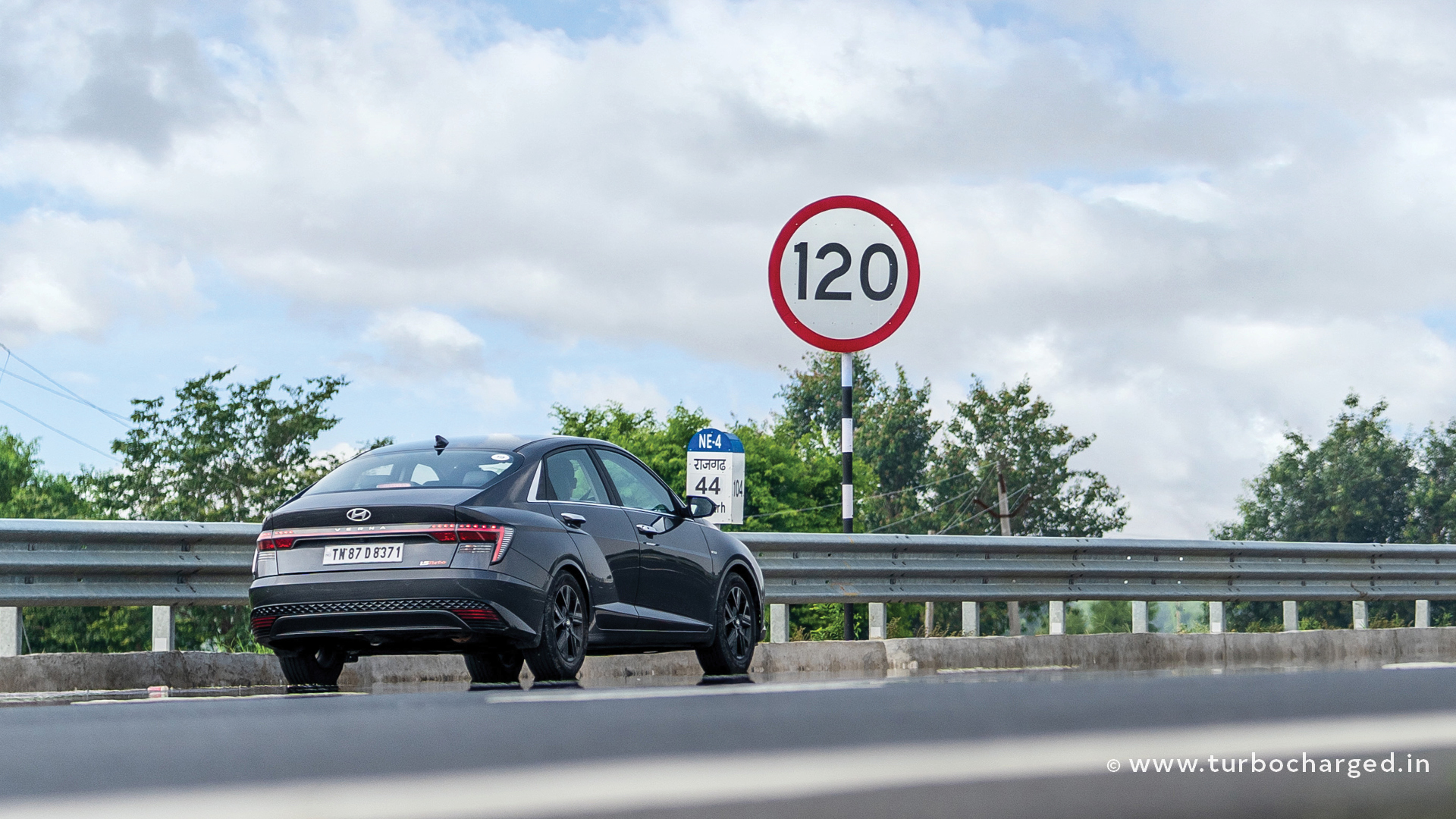
The Expressway’s speed limit of 120kmph is the highest for a public road in India, making it the perfect playground for me to let the Verna’s 160 horses loose. The 1.5 T-GDi can be mated to either a slick-shifting six-speed manual gearbox or a seven-speed DCT and I chose the automatic for its convenience and the paddle shifters make for a sportier feel while driving. The engine feels extremely refined, even at highway speeds, resulting in an enhanced driving experience and also adds to the Verna’s likeable feel as a premium sedan. It’s best in class performance ensures the Verna is not just quick to accelerate but also makes overtaking at highway speeds a piece of cake. Munching miles is thus second nature for the car, making it an ideal choice for long drives.

As I started driving on the Expressway, a feeling of calmness took over my senses. This was not just courtesy the Verna’s road manners, but its eight-speaker equipped Premium Bose audio system too that was playing crisp audio notes. The interiors add to the car’s charm and premium feel as the dashboard uses high quality plastics and soft touch panels along with ambient lighting. The two USB ports upfront, including a fast charging Type-C port added to my convenience, besides the wireless charging pad. The fully digital instrument cluster offers information in a very neat and legible manner, besides the tonnes of information offered by the integrated multi-information display, including tyre pressures.
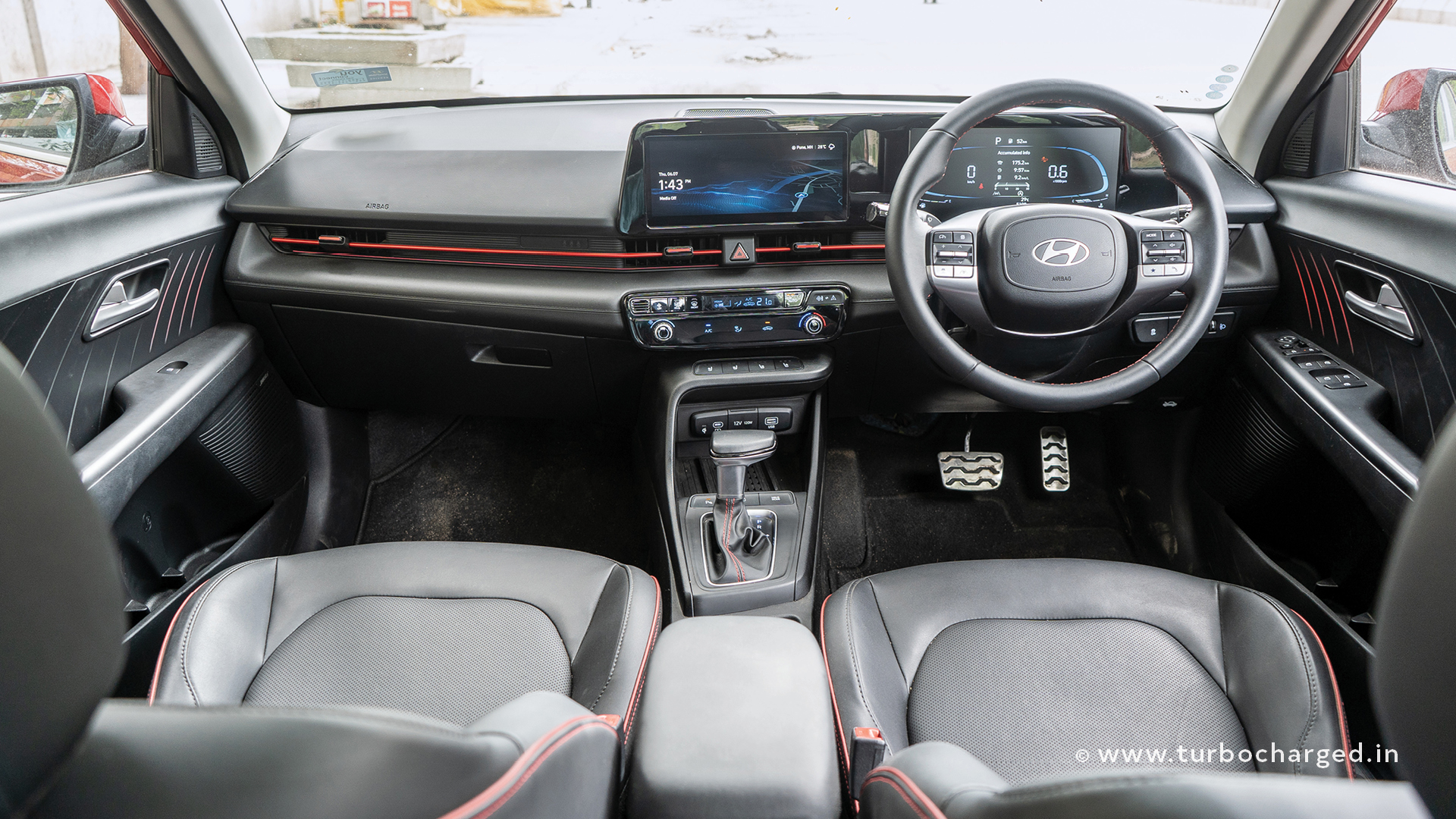
The Verna has also gotten bigger in size and with its increased dimensions, including the longer wheelbase, it is now one of the most spacious cars in its class. That’s referring not just to cabin space, especially rear legroom and kneeroom, but also boot space, as boot volume stands at 528 litres now. The front seats are heated and ventilated, adding to comfort, besides the car’s powerful climate control system that was quick to cool the cabin even when outside temperature was a searing 41 degrees! The driver’s seat can be adjusted electrically, in addition to which rake and reach adjustment for the steering wheel and seat belt height adjustment help you in finding your sweet spot behind the wheel and settling down quickly. The Expressway made for an excellent opportunity to experience the Verna’s Level 2 ADAS, that makes driving long distances a relaxed affair and helps in reducing driver fatigue. Level 2 functionality means the system not only detects obstacles, but also initiates corrective actions and offer warnings, using front and rear radars and sensors, besides the cameras. Functions include forward collision and blind spot collision warning, blind spot collision avoidance assist, lane keeping assist, lane departure warning, driver attention warning, adaptive cruise control with stop and go, leading vehicle departure alert, lane following assist and rear cross traffic collision avoidance assist. Then there’s six airbags, front and rear parking sensors, ESC, hill start assist and electronic parking brake, which all contribute to offering a reassuring sense of safety.

The suspension ensured the car stayed planted at triple digit speeds and was also unfazed by the undulations and expansion joints on the Expressway, affording a lot of confidence. The suspension also makes lane changes easy, while the steering weighs up well at speeds, adding to the confidence. The suspension and steering thus also make the Verna an even better driver’s car now, in conjunction with the 1.5 T-GDi engine and seven-speed DCT. Adaptive cruise control engaged, I was perfectly at ease and the experience got me thinking as to how we now have access to world class infrastructure and highways which help us make the most of the world class cars on sale in the country, like the new Verna.
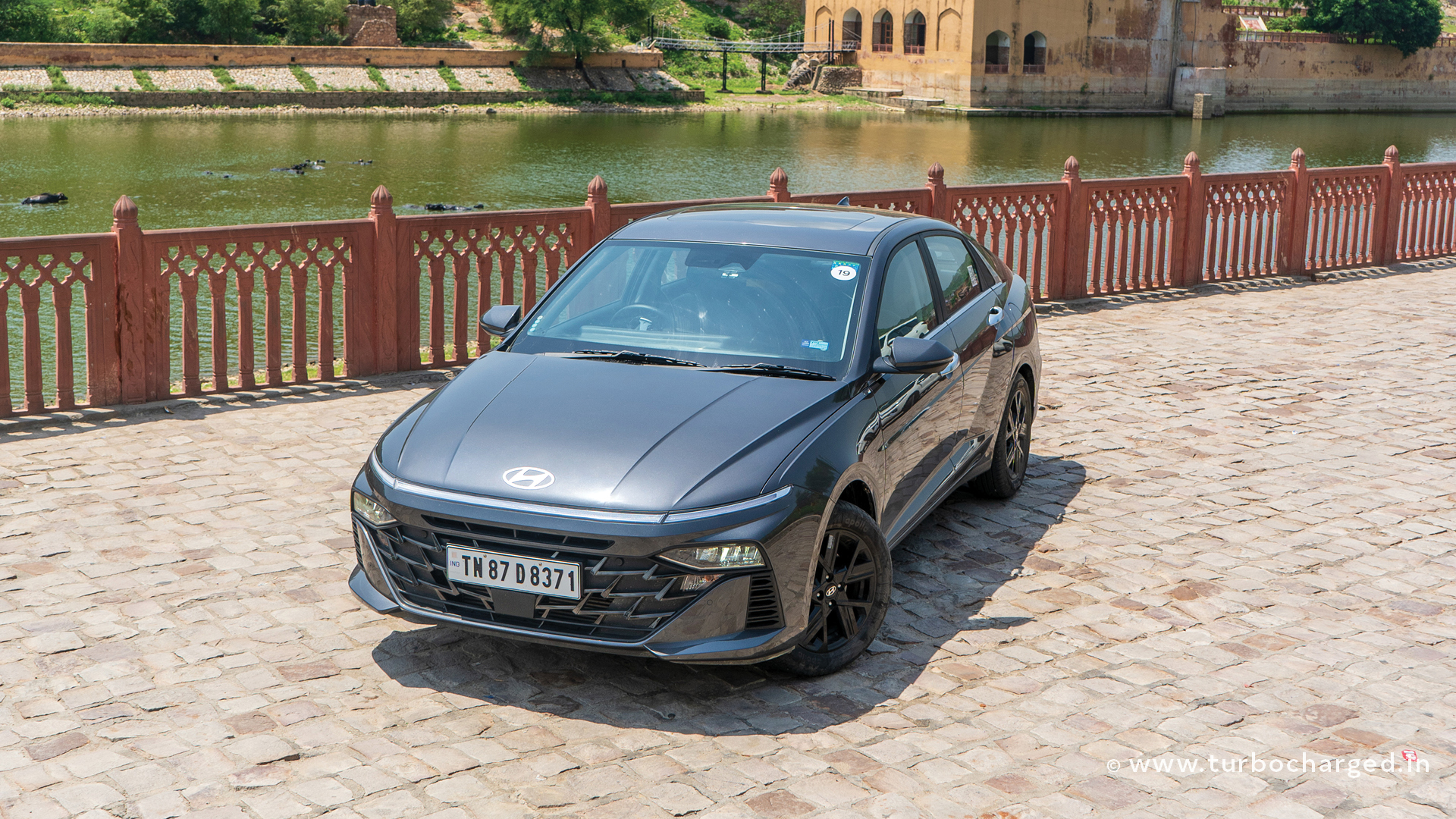
It is also a radical departure from its predecessor on the design front and looks very futuristic and sportier. The split headlamp design and LED DRLs at the front, long wheelbase of 2,670mm and fastback style rear end, not to forget, the design of the tail lamps and the LED strip connecting them together make the Verna look and feel like a more expensive sedan than it is! Before I knew it, I was approaching the interchange at Dausa where you get off the Expressway and join the older highway to head to Jaipur.
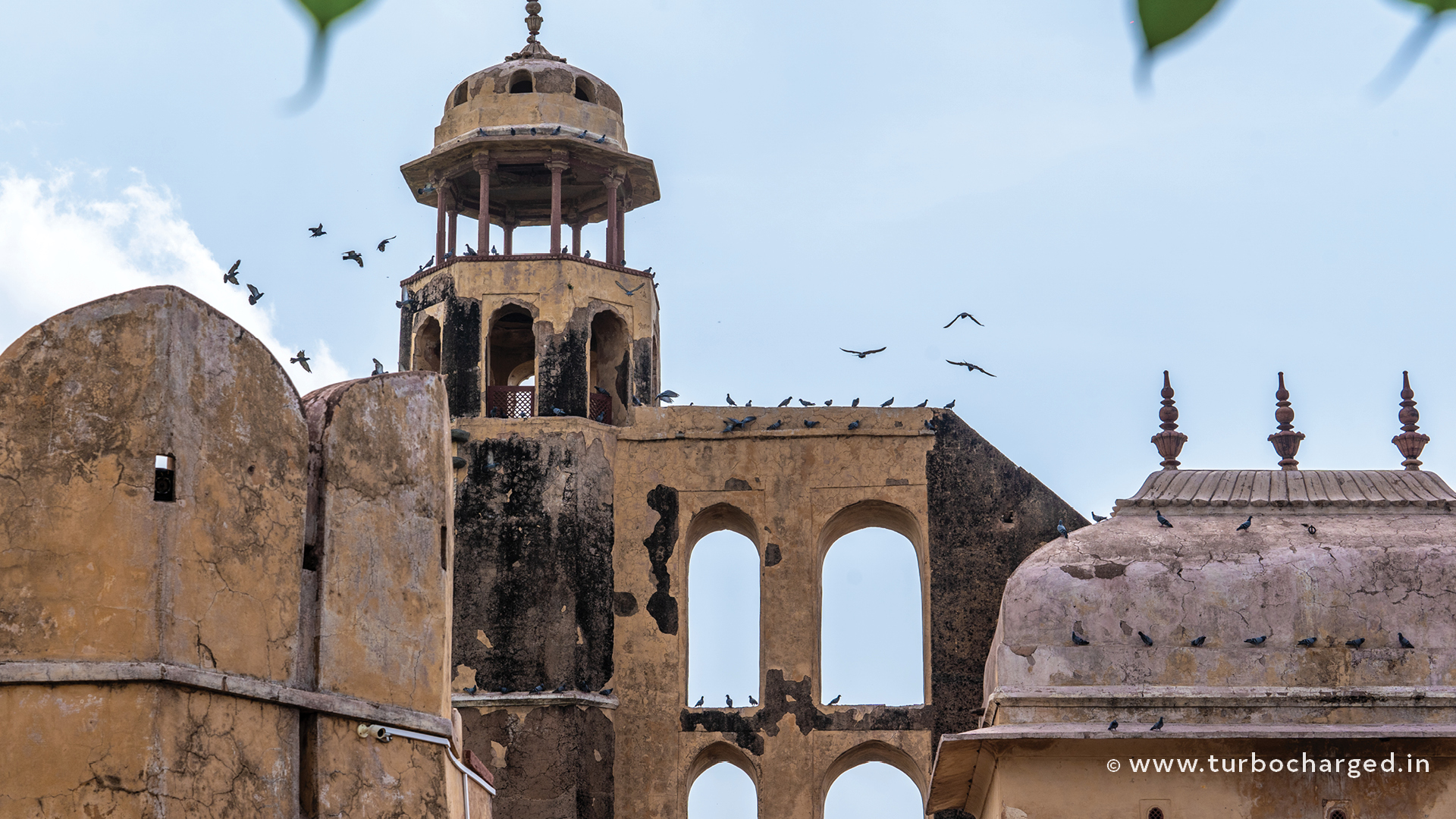
The Verna continued to delight on the narrower roads with its road manners and comfort, while the quick-shifting DCT ensured I was in the right gear at all times. As I approached the ‘Pink City’ of Jaipur, traffic and road conditions worsened but the Verna was at ease, soaking up potholes and ruts with aplomb, while the steering felt lighter, helping me make directional changes easily. Jaipur is known for its market places, local food, forts and more and is a cultural delight and has the distinct vibe that Rajasthan is known for.
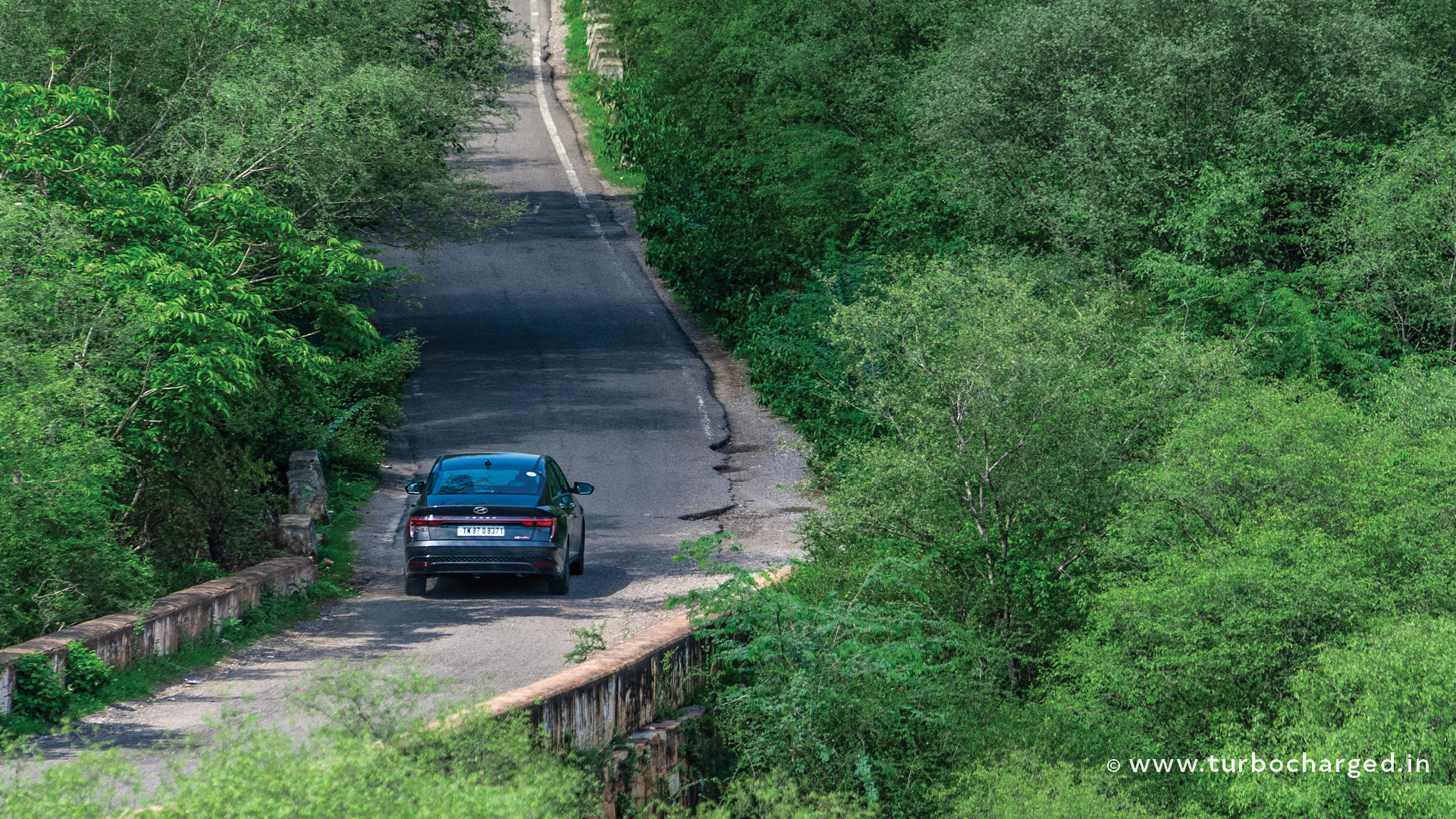
I’ve been to the city numerous times and it never fails to charm me. But this trip was different, driving the new Verna. Hyundai has upped the sedan’s game with its design, comfort and above all else, the elaborate feature list and advanced technologies it packs in, besides the class-leading performance. And while my drive on the new Expressway was just to Jaipur, which I managed to reach in less than four hours, I can only imagine how comfortable a drive from Delhi to Mumbai across he Expressway’s full length of 1,300km would feel like, in the Hyundai Verna!





